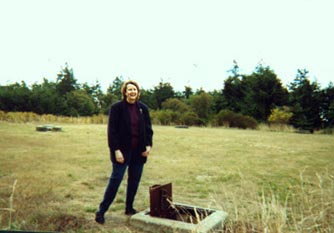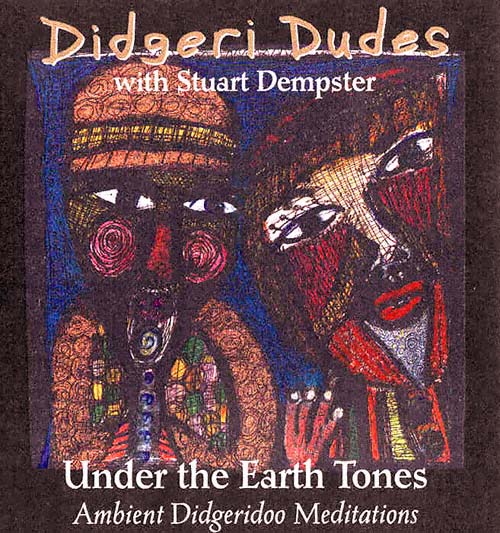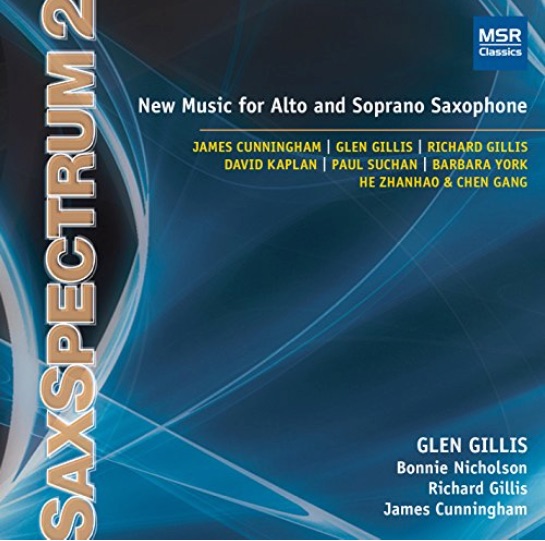 The recording takes place in an empty 2 million gallon underground concrete water cistern, that used to provide water for a military base that guarded the entrance to Puget Sound
The recording takes place in an empty 2 million gallon underground concrete water cistern, that used to provide water for a military base that guarded the entrance to Puget Sound

The Ft. Warden cistern boasts a 45-second reverberation tail created by its 200 foot diameter and geometric pillar structure

Released later that year, the album UNDER THE EARTH TONES features over eighty minutes of music, mixed from the original four-channel recording without any added effects.
 The recorded tracks were produced by alternating and overlapping the sounds of two, sometimes three, performers.
The recorded tracks were produced by alternating and overlapping the sounds of two, sometimes three, performers.

“Land of Snows” Under the Earth Tones, The Didgeri Dudes, © 1997.
…jump ahead 17 years…
“Aurora Australis” is released as a track on the album Sax Spectrum 2, in 2014 by composer and saxophonist Glen Gillis, with guest composers and performers.
The backing track for “Aurora Australis” is excerpted from “Orion Nebula” one of the six tracks released on Under the Earth Tones.
“Orion Nebula” Under the Earth Tones, The Didgeri Dudes, © 1997.
To create”Aurora Australis” the alto sax part was timed to the backing track, and emulated by an artificial “super reverb” created by recording engineer Wayne Giesbrecht.
“Aurora Australis” Saxspectrum 2, Glen Gillis, © 2014.
however… for nearly 20 years it has been my notion to try to emulate the natural acoustics of the cistern in live performance.
That notion has recently come to reality due to two major technological advances:
- The recent implementation of audio interface “Thunderbolt” connectivity.
- The recent surge in availability and affordability of convolution reverb plug-ins
Both advances have combined to solve latency problems in live digital signal processing.
Special acknowledgements to Mark Wingate, at Florida State University, and Jim Swain at Sweetwater Sound Inc. for their support, guidance, and sage advice!
stay tuned for more…








